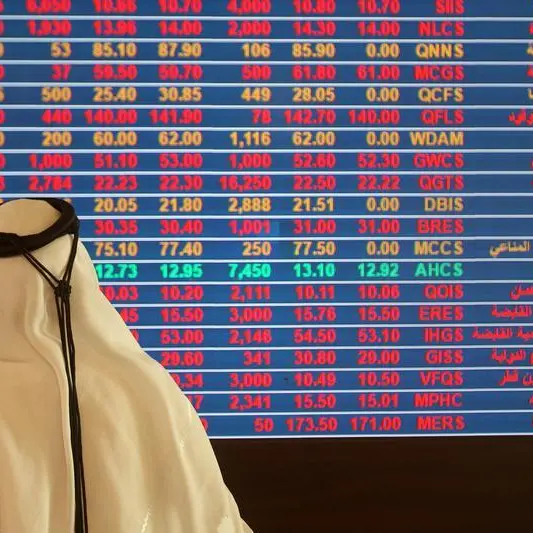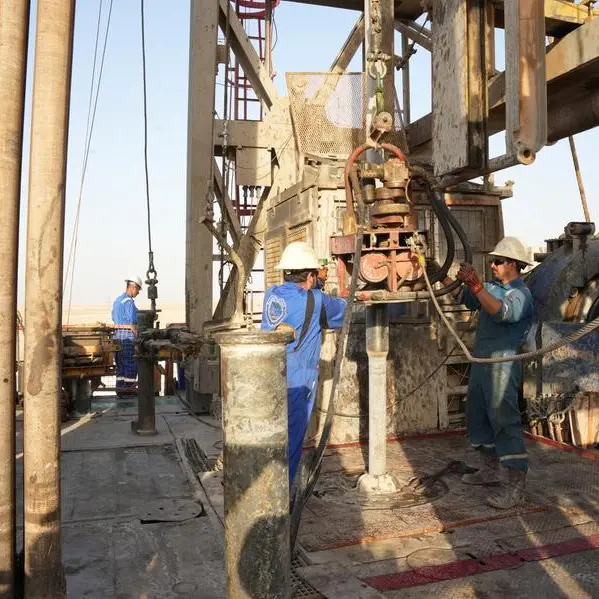SINGAPORE - Asian spot prices for liquefied natural gas (LNG) hit their highest in more than three years this week, with traders in Asia and Europe flagging temperatures in the north of the continent are set to dip further as production outages curb supply.
The cold wave in northern Asia - by far the world's biggest LNG-consuming region - has also opened up arbitrage opportunities for traders, attracting several LNG tankers from the United States, shipping data from Reuters showed.
Spot prices
LNG-AS
climbed to $11.70 per million British thermal units (mmBtu), according to LNG traders in Asia and Europe. Several February cargoes were sold this week in the $11.50 to $11.80 per mmBtu range, traders said, including to Japan and China.
"Given the spike up in Asian prices over winter - largely due to China - arbitrage is probably looking quite attractive and that is what has been pulling cargoes west to east," said Emma Richards, senior oil and gas analyst at BMI Research.
Asian spot markets are not only at their highest since November, 2014, but they have also been above oil-linked LNG prices since the beginning of last December - a sign the market is unusually tight.
Most of Asian LNG is supplied under fixed monthly volumes priced under a link to crude oil.
When spot LNG becomes more expensive than this oil-indexed gas - which currently costs around $8.50 per mmBtu - traders say it points to a market that has become so tight that buyers are willing to pay more than the usual to ensure supplies.
As well as cold weather, the current tightness is partly due to a massive gasification programme in China under which millions of households are being switched from using coal to natural gas for heating.
Although demand is expected to taper within weeks, with winter drawing to a close and the Chinese New Year holiday approaching, traders said a last bout of strong buying was now under way amid a cold snap that is expected to see unusually cold weather - Beijing, Seoul and Tokyo are all expected to see temperatures plummet by mid-next week.
In preparation, utilities across the region have ordered extra cargoes in the spot market, especially from the United States, in order to meet demand and stock up inventories.
Shipping data in Thomson Reuters Eikon shows at least six tankers currently crossing the Pacific from the United States. Tankers are also coming in from Peru and Trinidad and Tobago.
Production curbs in Malaysia's Bintulu production complex and Angola LNG are also boosting prices, said one Singapore-based LNG trader.
"The volumes from U.S. are mainly to fill Chinese demand. Cheniere has snapped up all available tankers in the Atlantic," the trader said.
(Reporting by Jessica Jaganathan; Additional reporting by Oleg Vukmanovic; Editing by Kenneth Maxwell) ((Jessica.Jaganathan@thomsonreuters.com; +65 6870 3822; Reuters Messaging: jessica.jaganathan.thomsonreuters.com@reuters.net))
The cold wave in northern Asia - by far the world's biggest LNG-consuming region - has also opened up arbitrage opportunities for traders, attracting several LNG tankers from the United States, shipping data from Reuters showed.
Spot prices
"Given the spike up in Asian prices over winter - largely due to China - arbitrage is probably looking quite attractive and that is what has been pulling cargoes west to east," said Emma Richards, senior oil and gas analyst at BMI Research.
Asian spot markets are not only at their highest since November, 2014, but they have also been above oil-linked LNG prices since the beginning of last December - a sign the market is unusually tight.
Most of Asian LNG is supplied under fixed monthly volumes priced under a link to crude oil.
When spot LNG becomes more expensive than this oil-indexed gas - which currently costs around $8.50 per mmBtu - traders say it points to a market that has become so tight that buyers are willing to pay more than the usual to ensure supplies.
As well as cold weather, the current tightness is partly due to a massive gasification programme in China under which millions of households are being switched from using coal to natural gas for heating.
Although demand is expected to taper within weeks, with winter drawing to a close and the Chinese New Year holiday approaching, traders said a last bout of strong buying was now under way amid a cold snap that is expected to see unusually cold weather - Beijing, Seoul and Tokyo are all expected to see temperatures plummet by mid-next week.
In preparation, utilities across the region have ordered extra cargoes in the spot market, especially from the United States, in order to meet demand and stock up inventories.
Shipping data in Thomson Reuters Eikon shows at least six tankers currently crossing the Pacific from the United States. Tankers are also coming in from Peru and Trinidad and Tobago.
Production curbs in Malaysia's Bintulu production complex and Angola LNG are also boosting prices, said one Singapore-based LNG trader.
"The volumes from U.S. are mainly to fill Chinese demand. Cheniere has snapped up all available tankers in the Atlantic," the trader said.
(Reporting by Jessica Jaganathan; Additional reporting by Oleg Vukmanovic; Editing by Kenneth Maxwell) ((Jessica.Jaganathan@thomsonreuters.com; +65 6870 3822; Reuters Messaging: jessica.jaganathan.thomsonreuters.com@reuters.net))











